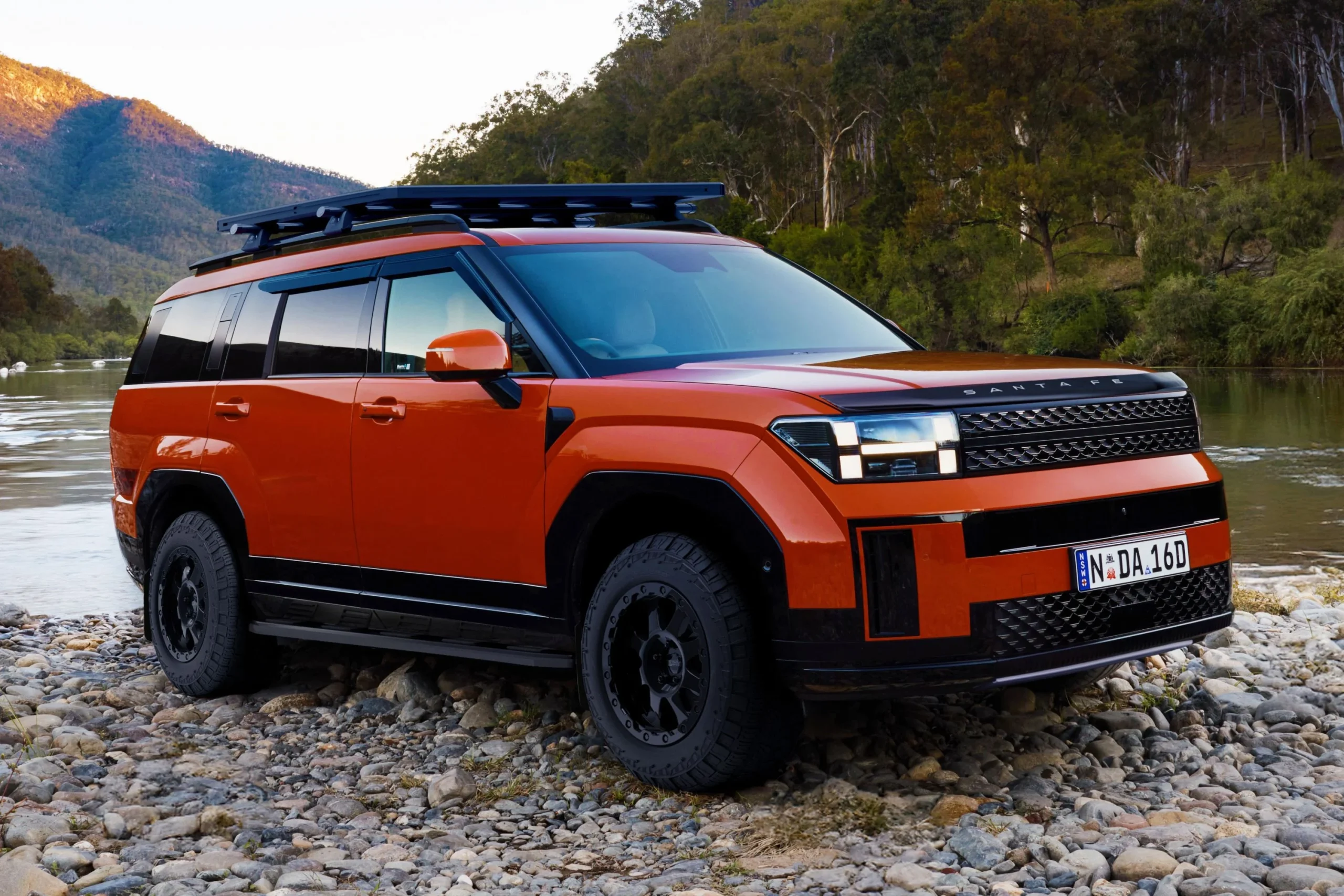The appeal of an SUV goes beyond just utility. Sure, many drivers look to sport utility vehicles for their increased cargo space, higher seating position, and all-weather capability—but equally important is how well they hold together over time.
That sense of solidity you feel when you close the door, glide over a rough road, or take a highway curve without rattles or creaks—those are signs of strong engineering and build quality.
Unfortunately, not all SUVs are created equal in this regard. Some remain impressively composed and silent even with high mileage, while others begin shaking, rattling, and groaning long before they reach six figures on the odometer.
Structural integrity in SUVs is affected by a variety of factors—platform rigidity, chassis design, interior material quality, suspension engineering, and assembly precision. Automakers that emphasize refinement use tighter tolerances, better-damping materials, and more rigorous quality control.
Over time, those efforts pay off. Even as parts age and road conditions take their toll, these SUVs maintain that “like new” feeling. The best in this class feel almost sedan-like in their tightness, with minimal squeaks, groans, or flexing even after years of abuse.
On the other hand, some SUVs develop the dreaded “loose feel” much earlier than they should. Whether it’s due to cheap interior plastics, poor suspension geometry, or weak unibody construction, these vehicles start to shake, creak, and rattle over bumps, during acceleration, or even just while idling.
Road noise seeps in, panels buzz, and the entire driving experience begins to feel cheap, even if the price tag wasn’t. For buyers looking to keep their SUV beyond the warranty period or use it for regular commuting or road trips, this kind of degradation can be frustrating, not to mention costly to address.
In this article, we break down five SUVs that are known for staying impressively tight and rattle-free even after years of use, and five that too often begin to fall apart prematurely. These rankings aren’t just about power or styling—they focus on how well these vehicles retain their structural integrity, cabin refinement, and driving composure over time.
Whether you’re shopping for a dependable family hauler or planning to buy a used SUV with high mileage, knowing which models will hold up and which ones will shake themselves to pieces can save you more than just money—it can spare you from endless irritation every time you hit a pothole.
Also Read: 10 Cars With Simple Maintenance That Just Don’t Quit and Make Repairs a Breeze
SUVs That Stay Tight and Rattle-Free
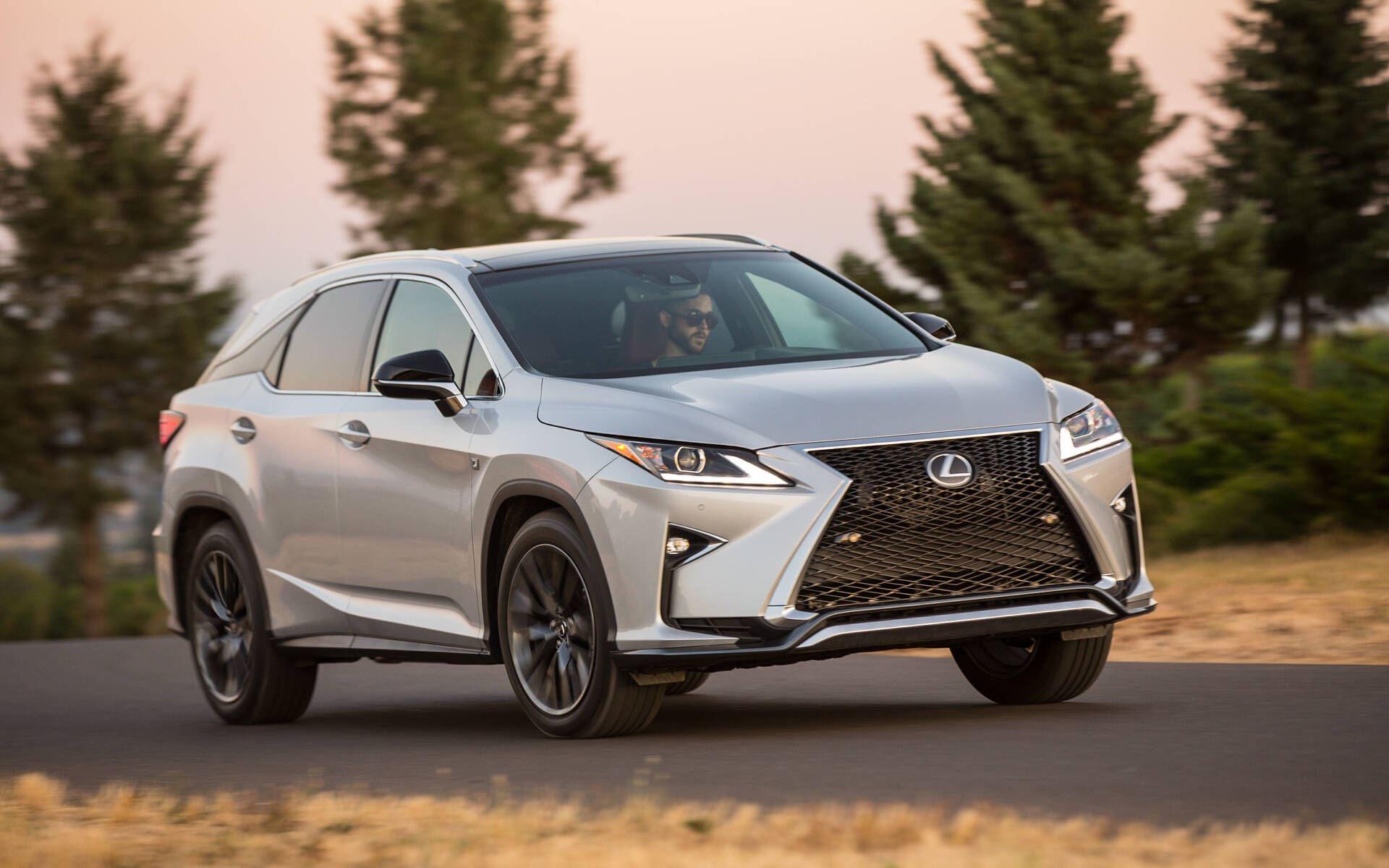
1. Lexus RX (2010–2015)
The Lexus RX is often hailed as one of the most refined and well-built SUVs on the road. From its launch, Lexus engineered the RX with an emphasis on interior quietness, smooth suspension tuning, and high-quality materials, and those attributes hold up remarkably well even as the years pass.
The unibody chassis remains tight and well-damped, and it’s rare to hear dashboard squeaks or feel door vibrations, even in higher-mileage examples. This is partly due to Lexus’s obsessive focus on NVH (noise, vibration, and harshness) suppression during development.
Inside, the RX features tight panel fitment and soft-touch materials that don’t crack, warp, or rattle with age. Unlike many of its competitors that suffer from creaking center consoles or buzzing door panels, the RX maintains a consistent level of refinement.
Even on rough or uneven roads, the structure remains composed. Lexus also equipped the RX with excellent sound insulation, which helps prevent wind or tire noise from intruding into the cabin—another factor that contributes to a sense of long-term solidity.
Owners and mechanics alike often praise the RX for how “new” it continues to feel even at 150,000 miles and beyond. Many SUVs in this category lose that initial polish after just a few years, but the RX keeps its cabin calm and cohesive. Whether you’re driving in urban traffic or cruising on the freeway, this SUV remains one of the most rattle-free and structurally sound options in its class.
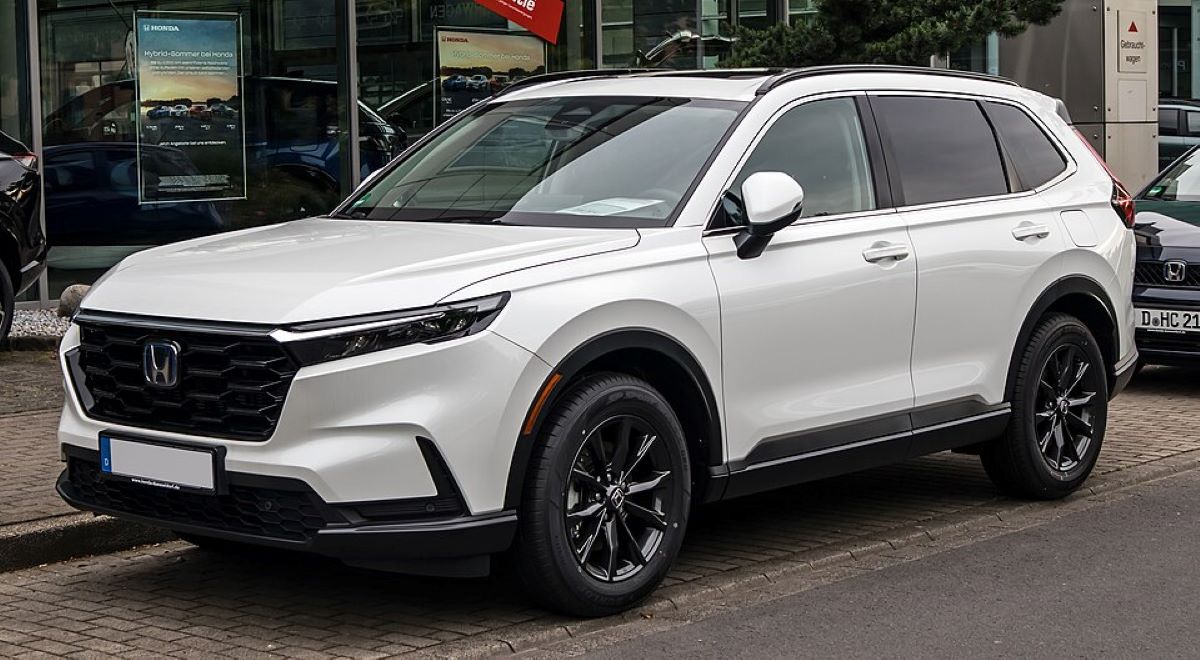
2. Honda CR-V (2012–2016)
The Honda CR-V has long been praised for its practical design and fuel efficiency, but its build quality often flies under the radar. The 2012–2016 generation, in particular, has proven to be exceptionally well screwed together.
Despite being mass-market and affordably priced, the CR-V resists interior rattles and suspension clunks surprisingly well, even as it ages. Honda’s engineers focused on simplicity and functionality, which ironically has led to better long-term durability than many more expensive SUVs.
The CR-V uses a rigid unibody chassis that helps minimize body flex over uneven surfaces. Paired with a suspension system that absorbs road imperfections effectively without excessive harshness, it retains a composed and tight ride for years.
The cabin materials, while not luxurious, are well-fitted and durable. This means fewer loose panels, no drooping headliners, and minimal dashboard creaking—even after years of exposure to sun, cold, and vibration.
While not flashy, the CR-V shines in real-world longevity. Owners often report surprise at how well the vehicle “still feels solid” even after 10 years. For a vehicle in this segment to avoid the typical clatter and looseness found in so many competitors is impressive, making the CR-V a standout in terms of long-term structural integrity.
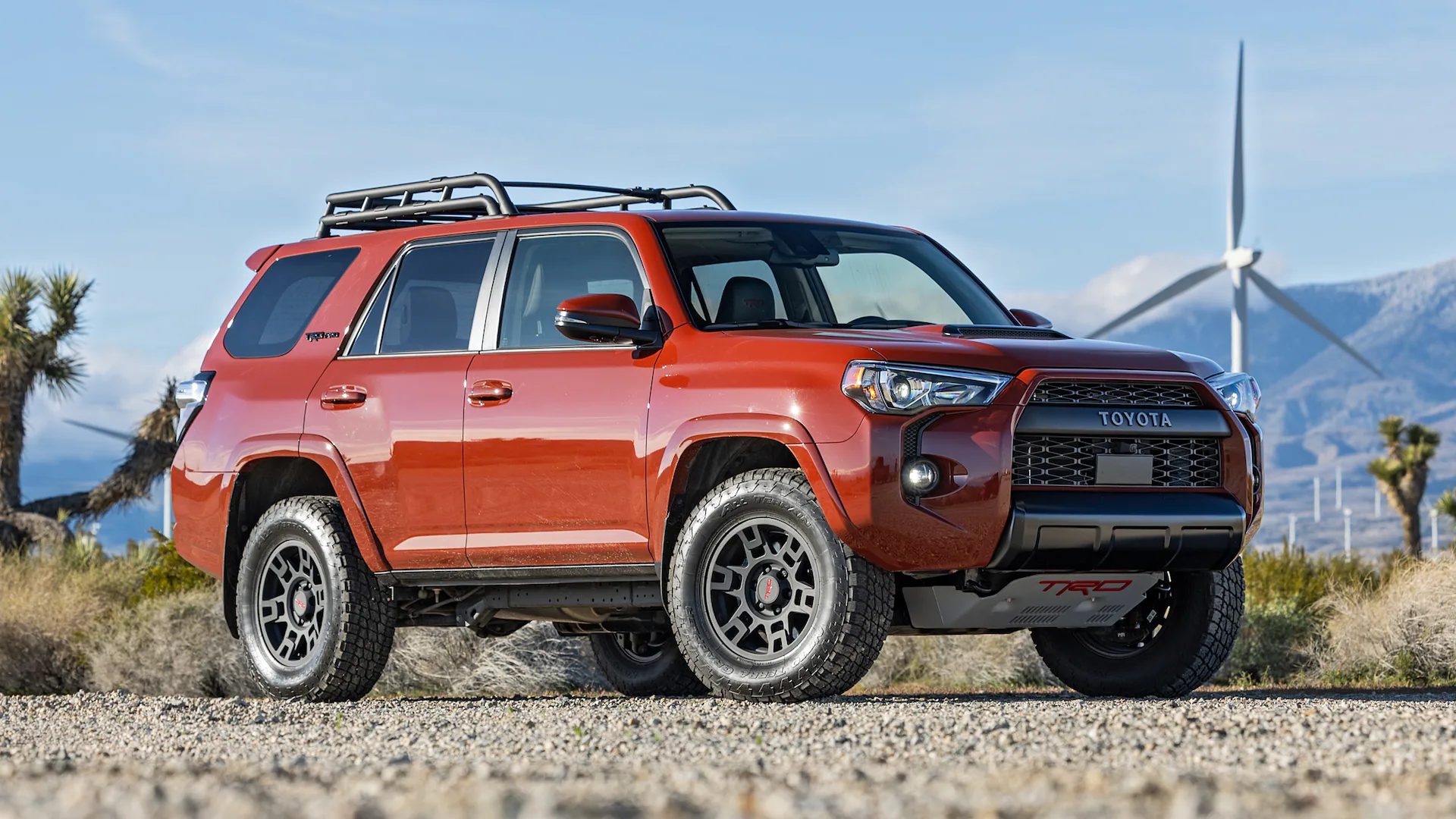
3. Toyota 4Runner (2010–Present)
The Toyota 4Runner is a bit of an outlier in this list—it’s body-on-frame, rugged, and meant for off-roading. But despite its tough persona, it also happens to be one of the most rattle-free and solid-feeling SUVs out there.
Unlike many modern SUVs that start to feel loose after a few years, the 4Runner seems to get tougher with age. Toyota’s robust engineering and use of quality components ensure that the chassis stays firm and the interior remains tight even after thousands of miles on rough terrain.
Even with aggressive use—off-road excursions, towing, or long commutes—the 4Runner resists the kinds of dashboard rattles, panel squeaks, and suspension clunks that plague many rivals. It’s built with heavy-duty materials, and its simple, old-school design minimizes failure points.
The doors close with a reassuring thud, and the body structure doesn’t flex or creak when crossing uneven ground or speed bumps. Everything feels securely bolted together, and it stays that way for years.
Toyota’s decision to keep the 4Runner’s basic design relatively unchanged over the years has also contributed to its reliability and build quality.
What might seem outdated in some areas (like tech or fuel efficiency) is a benefit when it comes to long-term structural integrity. The 4Runner is a reminder that simple, solid engineering beats flashy design when it comes to staying tight and rattle-free.
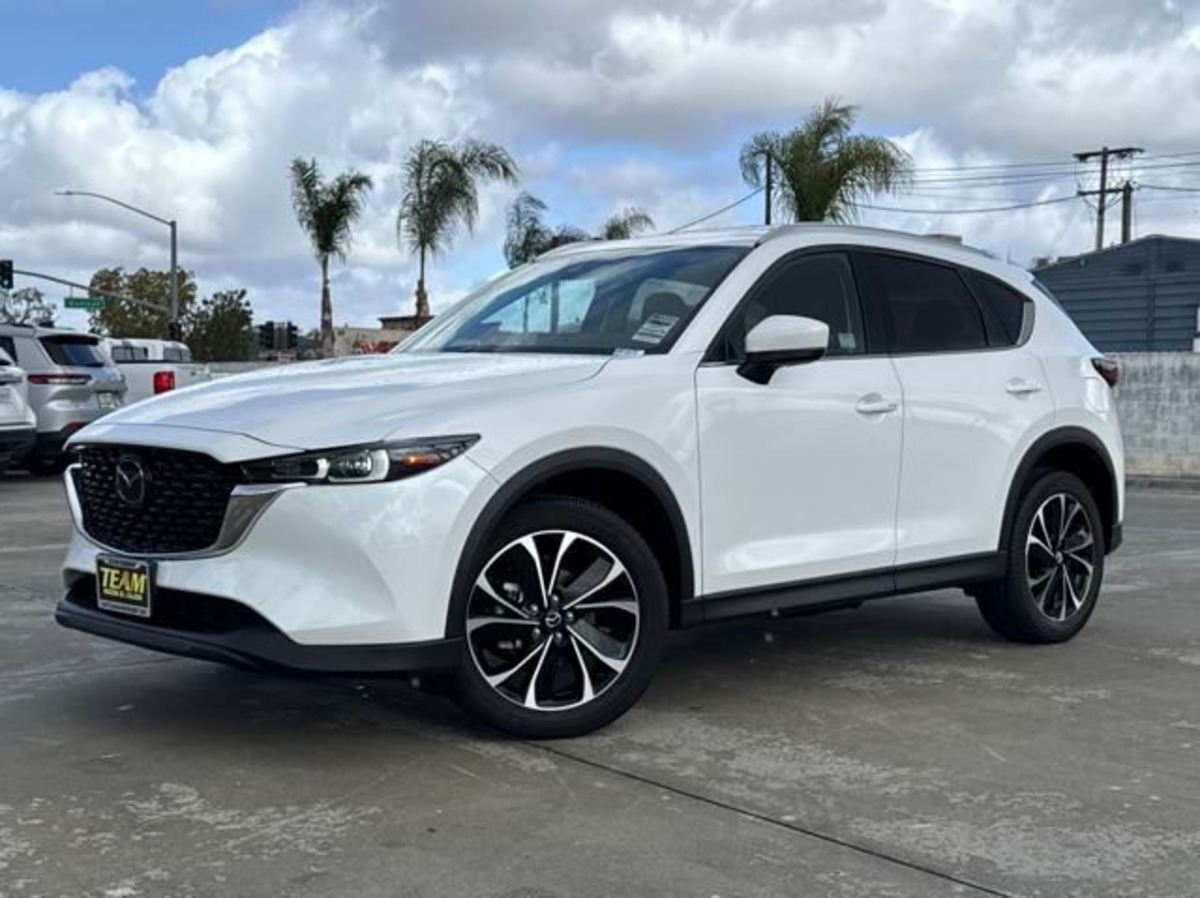
4. Mazda CX-5 (2017–2021)
Mazda has been steadily climbing the quality ranks, and the second-generation CX-5 is a standout example of how a mainstream brand can deliver premium-like build quality.
Right out of the factory, the CX-5 feels tight and composed, but what’s more impressive is how well it holds that feeling over time. The steering, chassis, and suspension components are designed with an emphasis on unity and cohesion. That translates into a quiet, smooth ride with minimal squeaks or flexing, even after years on the road.
The interior materials in the CX-5 punch above their class, and they don’t deteriorate easily. The dashboard doesn’t warp in the sun, the door panels stay firmly in place, and the headliner remains taut.
Mazda’s commitment to “Jinba Ittai” (a sense of unity between car and driver) shows up in how precisely this SUV is assembled. You don’t hear buzzing or rattling in the dash, even when driving on broken pavement or gravel roads.
What truly sets the CX-5 apart is how it combines driving engagement with structural refinement. You can drive this SUV hard, and it still feels solid. For buyers looking for a crossover that drives more like a premium European vehicle but has Japanese reliability and longevity, the CX-5 is one of the tightest-built options in the game.
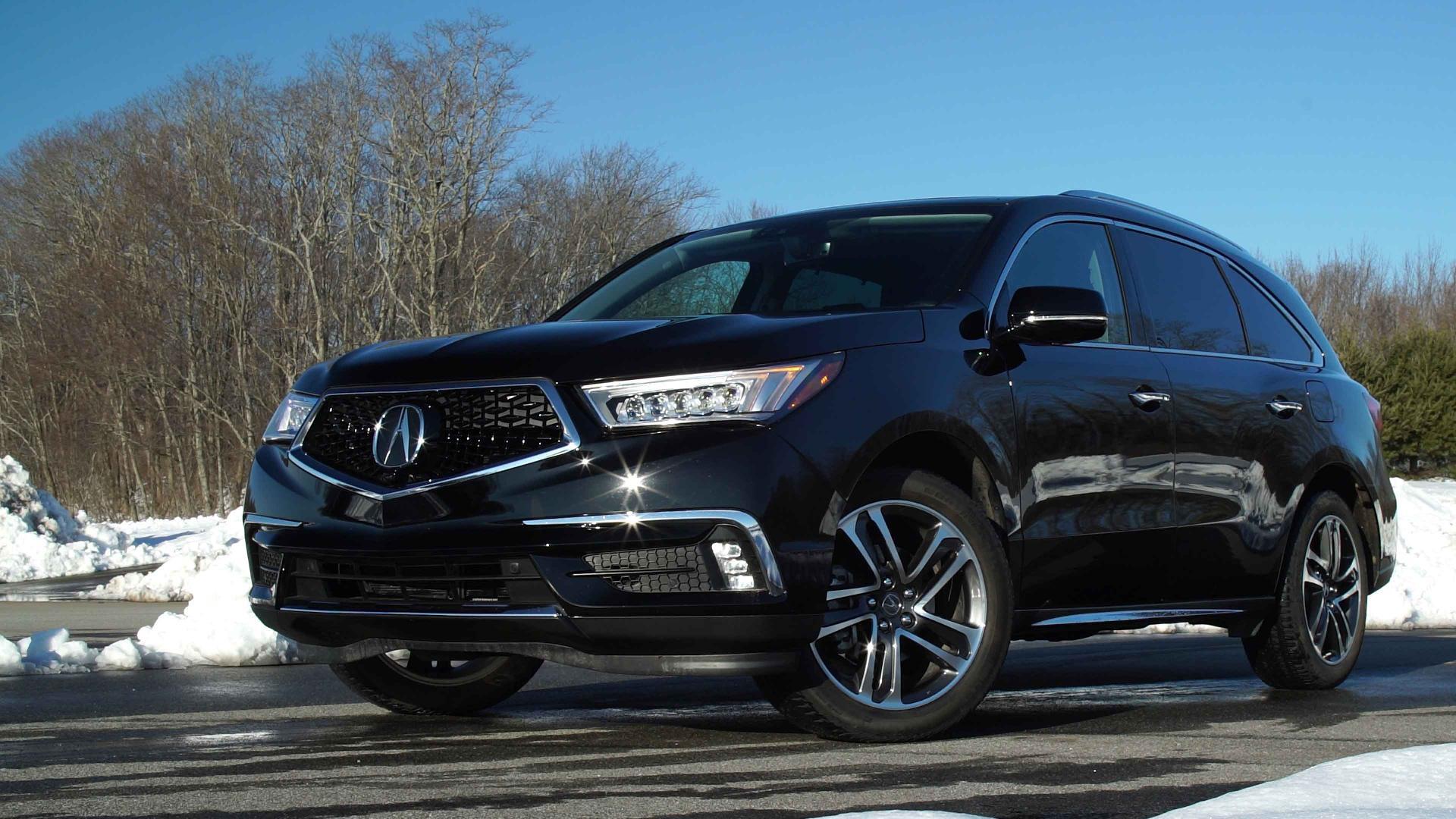
5. Acura MDX (2014–2020)
As Honda’s luxury division, Acura consistently delivers vehicles that combine performance, comfort, and long-term dependability. The third-generation MDX (2014–2020) stands out as an SUV that holds together exceptionally well even under demanding conditions.
It’s a favorite among families and commuters alike, in part because it stays whisper-quiet inside and resists the annoying body creaks and trim rattles that plague so many other three-row crossovers. One of the MDX’s biggest strengths is its platform rigidity. It shares underpinnings with the Honda Pilot but receives upgraded materials and sound insulation.
Even after tens of thousands of miles, the cabin remains composed, with no tell-tale buzz from the dashboard or looseness in the steering or suspension. Acura’s attention to damping and balance results in a vehicle that feels much newer than its mileage would suggest.
Whether navigating rough city streets or cruising long highway trips, the MDX delivers a consistent sense of control and composure. Buyers who keep their vehicles past 100,000 miles often comment that the MDX continues to feel “tight as a drum.” That kind of durability not only makes for a pleasant ownership experience, it adds resale value and long-term satisfaction.
SUVs That Shake Apart
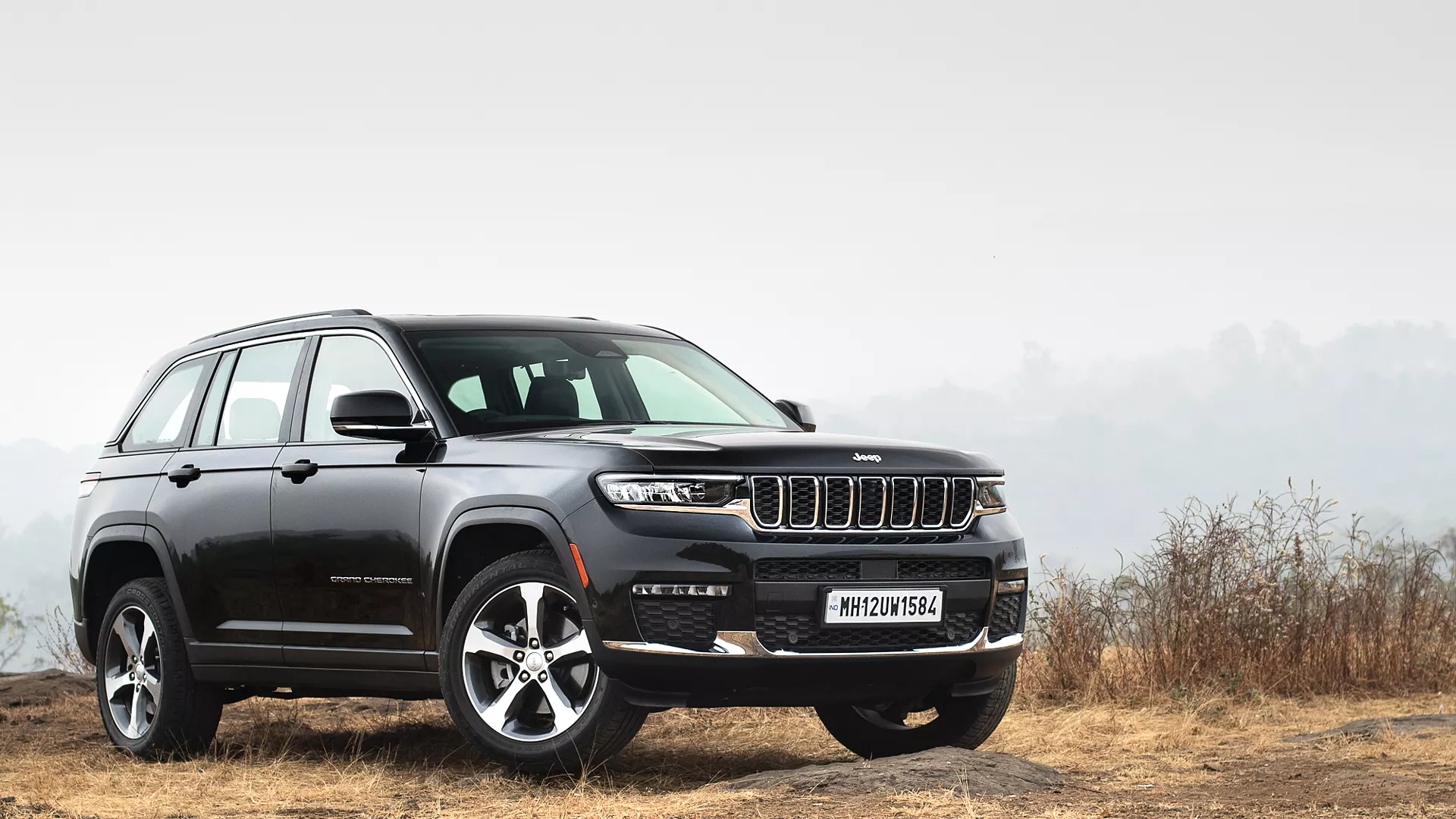
1. Jeep Cherokee (2014–2019)
The 2014–2019 Jeep Cherokee was an ambitious model that unfortunately missed the mark in several areas, with structural integrity being one of its most glaring issues. Built on a Fiat-derived platform and featuring a front-wheel-drive-biased layout, the Cherokee lacks the body rigidity that many drivers expect from an SUV wearing the Jeep badge.
The result is an SUV that feels increasingly loose and rattly as the miles pile up. Suspension components begin to wear prematurely, and interior panels start to creak and buzz, especially when driving on rough or uneven surfaces.
One of the main contributors to the Cherokee’s “shaky” reputation is its poor build consistency. Reports of trim falling off, dashboards developing rattles, and weather seals degrading far too early are common. Even simple acts like closing the door or adjusting the air vents can reveal unpleasant vibrations and audible signs of wear.
Over time, door panels may begin to vibrate when speakers are used, and the headliner may sag, particularly in hotter climates. Owners often describe their driving experience as “tinny” or “cheap,” particularly when comparing it to similarly priced competitors that manage to feel more robust.
Adding to the problem is Jeep’s often-criticized nine-speed automatic transmission, which contributes to a jerky driving experience that only accentuates the vehicle’s structural shortcomings. As the drivetrain struggles to deliver smooth acceleration, the constant shifting and lurching add to the cabin movement and lack of composure.
While the Cherokee may appeal to those looking for styling and off-road credentials, it’s not an SUV that holds up well under real-world daily use, and it certainly doesn’t age gracefully in terms of staying tight and rattle-free.
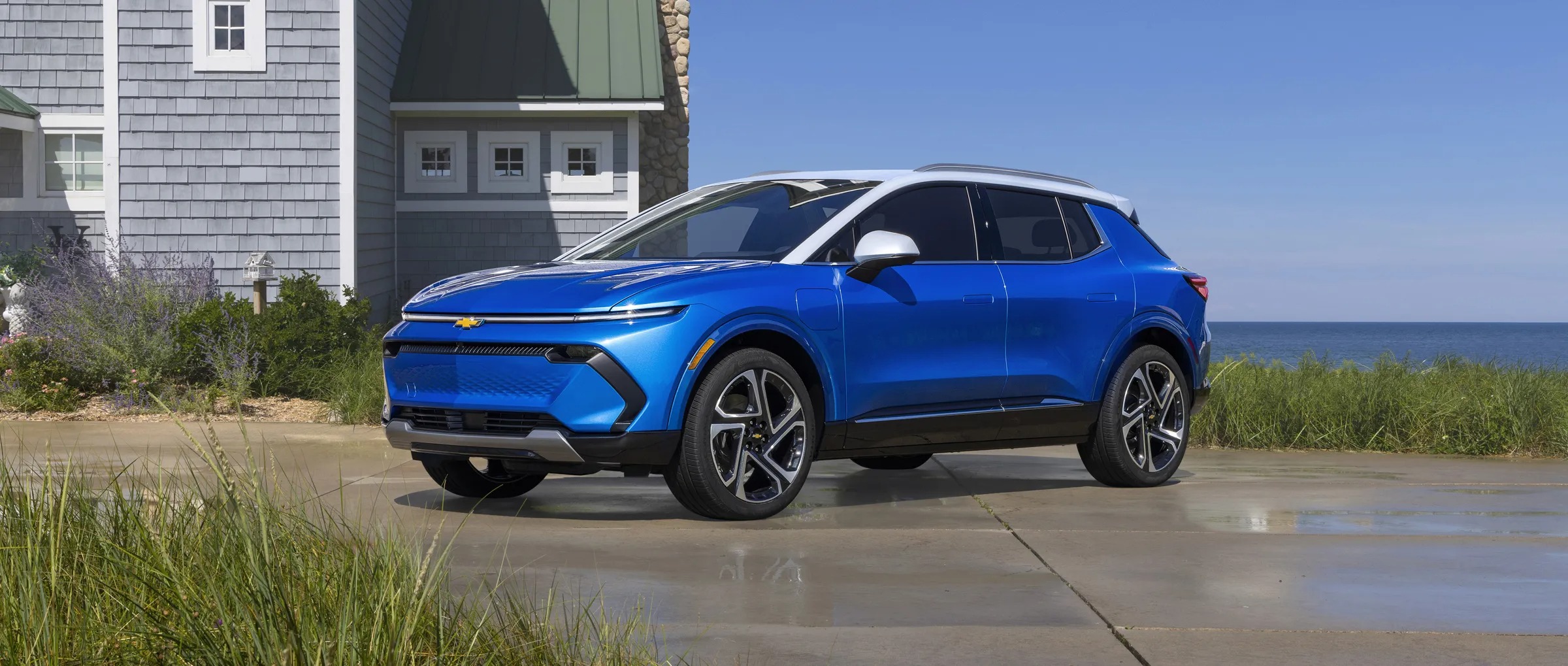
2. Chevrolet Equinox (2010–2017)
The second-generation Chevrolet Equinox had some strong selling points—spacious interior, decent fuel economy, and an affordable price tag—but long-term build quality was not one of them. These SUVs tend to age poorly, especially in terms of ride quality and cabin integrity.
As early as 50,000 miles, many owners begin to notice the vehicle developing rattles from the dashboard, door panels, and even the seat tracks. Interior plastics feel hollow and cheap, and over time, they begin to buzz and squeak with even minor road imperfections.
What makes the Equinox particularly frustrating is how fast the suspension begins to degrade. Bushings wear out quickly, leading to clunking sounds over bumps, while poorly tuned shocks and struts allow excessive body movement.
As the suspension components wear, they create additional flex in the chassis, which accelerates the onset of interior rattles and vibrations. Even regular maintenance doesn’t seem to slow this progression much—many mechanics consider these models “budget builds” that were never designed for longevity.
Another common complaint involves the rear seats and cargo area, which often produce rattling and creaking sounds during normal driving. The liftgate, in particular, has been a source of ongoing quality issues, with owners reporting squeaks from the hinges and trim even after dealership adjustments.
In the long run, the Equinox often loses that sense of structural cohesion that makes driving feel secure and composed. If you’re hoping for a vehicle that maintains that “tight” feel over the years, this generation of Equinox is unlikely to deliver.
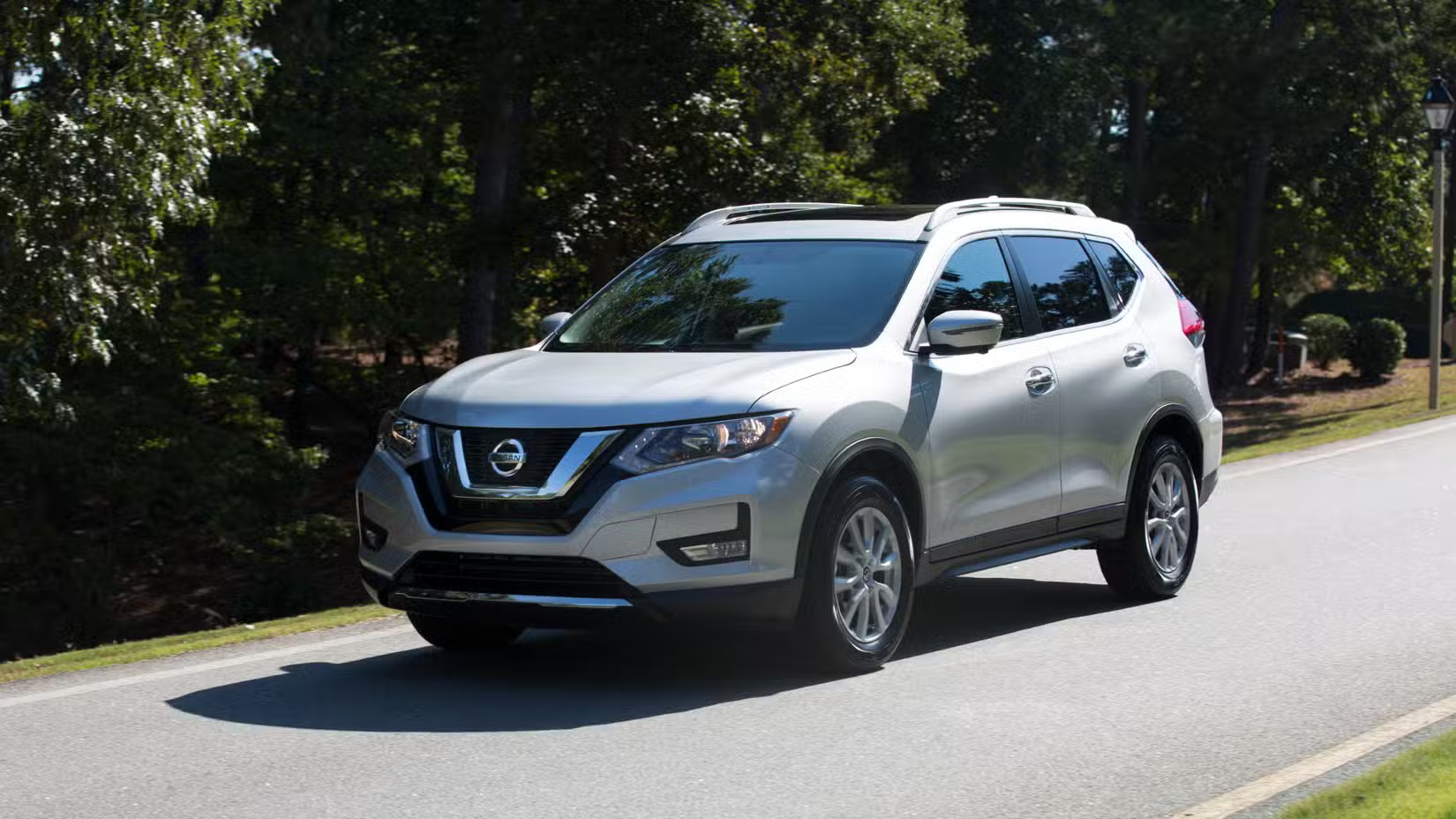
3. Nissan Rogue (2014–2020)
The Nissan Rogue may be one of the best-selling compact SUVs on the market, but it’s also one of the worst offenders when it comes to losing its structural composure over time. While it feels reasonably solid when new, the illusion fades quickly.
Many owners begin to notice a softening suspension and loose steering feel after just a few years of ownership, and the once-quiet interior begins to develop persistent squeaks and rattles, especially around the dashboard, A-pillars, and cargo area. This gives the vehicle a prematurely aged feel, even with modest mileage.
One reason the Rogue shakes apart faster than others is its cost-conscious construction. The interior panels are made from thin, hard plastics that not only feel cheap to the touch but also don’t hold up well under vibration and heat cycles.
Cabin components are known to warp, detach, or buzz, particularly in areas exposed to direct sunlight or frequent handling, such as door handles and center console covers. As the chassis softens over time and road feedback becomes more pronounced, these panels begin to reveal just how poorly they were fastened in the first place.
Another point of concern is the continuously variable transmission (CVT), which is already a known weak spot for Nissan. As the CVT begins to wear out, which it often does earlier than a traditional automatic, the uneven power delivery and rubbery acceleration add to the vehicle’s dynamic looseness.
This further agitates already aging suspension and body components, leading to an unsettling driving experience full of feedback, but none of it confidence-inspiring. While the Rogue offers great fuel economy and spaciousness, its long-term structural integrity leaves a lot to be desired.
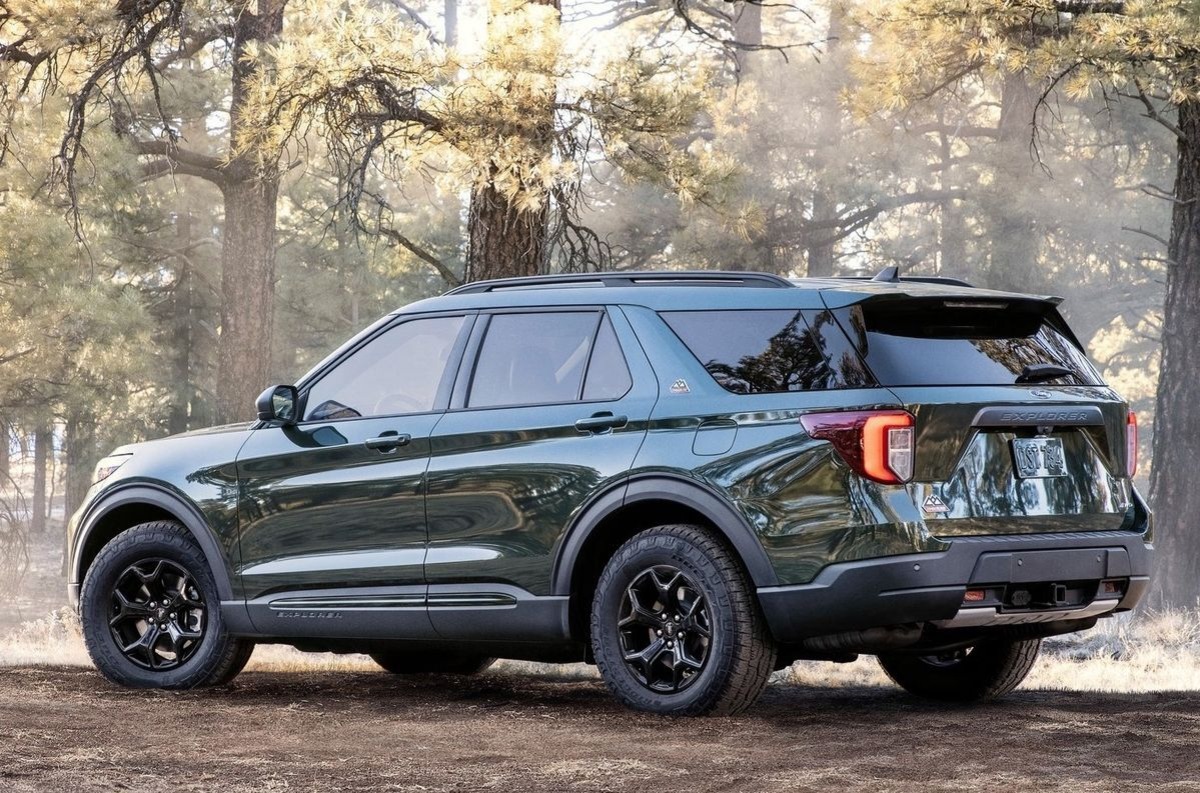
4. Ford Explorer (2011–2019)
The fifth-generation Ford Explorer marked a major redesign, switching from body-on-frame to a unibody platform and emphasizing comfort and family features. Unfortunately, it also marked a downturn in structural and interior durability.
While early reviews praised its styling and features, long-term owners often complain about persistent body flex, creaks, and rattles that begin appearing well before 100,000 miles. The Explorer feels solid when new, but with age, it begins to exhibit signs of cost-cutting in the materials and chassis tuning.
One of the most frequent issues reported by Explorer owners involves the rear suspension and subframe bushings, which tend to wear out prematurely. As these components degrade, they cause clunks, groans, and vibrations that can be felt throughout the vehicle.
Additionally, many Explorers suffer from tailgate and liftgate rattles, particularly on bumpy roads. The third row of seats also tends to shake and produce noise, especially when folded flat, making road trips increasingly annoying.
Inside, the dashboard and door panels are prone to developing buzzing sounds and loose-fitting trim. The touchscreen bezel and center console can vibrate over time, and owners report having to frequently tighten interior screws or resort to DIY fixes like felt pads and foam inserts to quiet things down.
The combination of a soft, flexible body and aging suspension gives the Explorer a sloppy, disconnected feel that undermines its family-friendly appeal. For buyers who prioritize long-term solidity and refinement, the fifth-gen Explorer is a disappointment.
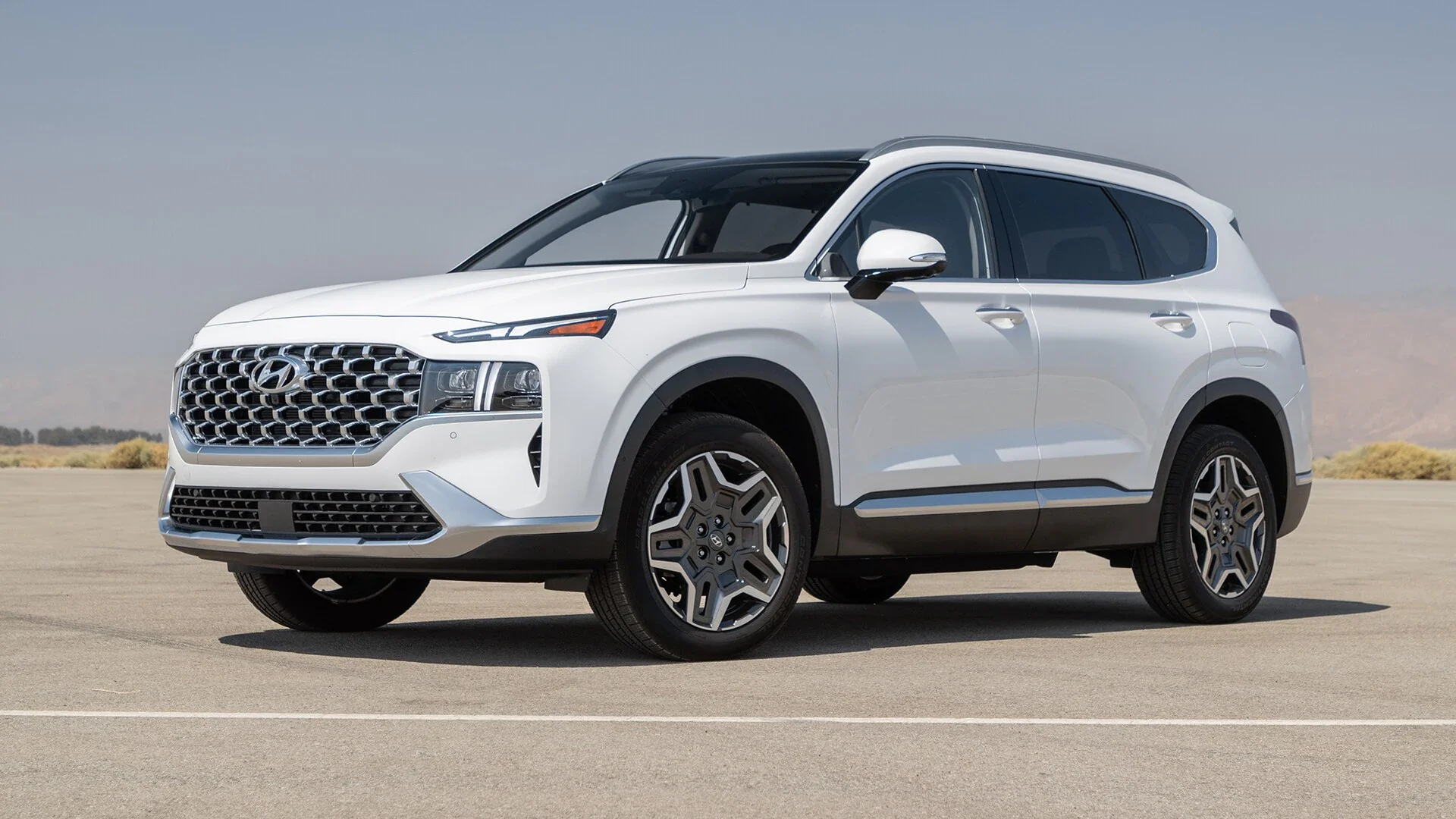
5. Hyundai Santa Fe (2013–2018)
The 2013–2018 Hyundai Santa Fe was part of a major push by Hyundai to offer more upscale, feature-rich vehicles in the SUV market. While it succeeded in delivering attractive styling and good initial value, it fell short in terms of maintaining structural integrity over time.
Many Santa Fe owners report that as the vehicle ages, it begins to rattle and shake more than expected, with dashboard creaks, cargo area buzzing, and rear suspension thuds becoming increasingly common.
The root cause lies partly in Hyundai’s aggressive cost-cutting on material selection during that era. While the cabin appears well-trimmed initially, the plastics used in high-contact areas begin to degrade and loosen, leading to squeaks and rattles that are difficult to trace.
Sun exposure often leads to cracking and warping of trim pieces, and as rubber bushings age, the SUV becomes noticeably looser in its handling. Combine that with a suspension that lacks long-term damping control, and the result is an SUV that feels increasingly fragile with every bump in the road.
Another issue is poor insulation and soundproofing, which causes minor vibrations to resonate more loudly through the cabin. This amplifies every creak and buzz, making it feel as though the vehicle is falling apart faster than it really is. While some of these issues can be addressed with careful maintenance or aftermarket solutions, the fact remains: the Santa Fe tends to lose its composure far earlier than rivals. For drivers who want their SUV to feel solid for the long haul, this generation of Santa Fe may not be the best bet.
Also Read: 10 Best Vehicles for Daily Long Commutes Without Wear
In today’s SUV market, longevity is about more than just how long the engine lasts. It’s about how well the entire vehicle holds together through the rigors of daily life—city potholes, dirt roads, road trips, family duties, and all the wear and tear that come with years of ownership.
A tight, rattle-free SUV doesn’t just feel better to drive; it inspires confidence. It tells you the manufacturer paid attention to the small details—how panels fit together, how the suspension communicates with the chassis, and how materials age in the real world.
Vehicles like the Lexus RX, Toyota 4Runner, and Mazda CX-5 stand as examples of thoughtful engineering and quality control. Their chassis resist fatigue, their interiors remain quiet and composed, and they maintain their driving precision even as mileage climbs.
These SUVs reward long-term ownership with a sense of durability that enhances resale value and keeps owners satisfied well past the warranty period.
On the flip side, the SUVs that “shake apart” tend to share common traits: excessive reliance on cheap materials, poor suspension design, and inadequate sound or vibration insulation.
The Ford Explorer, Jeep Cherokee, and Nissan Rogue may attract buyers with good looks or low starting prices, but their long-term integrity often erodes faster than expected, leaving owners with a vehicle that rattles more with each passing mile.
For those planning to keep their vehicle for the long haul—or who simply want a refined, stress-free driving experience—it pays to choose wisely.
Ultimately, the decision between a tight, reliable SUV and one that shakes itself to pieces doesn’t just come down to brand or features—it comes down to what you feel every day behind the wheel. And as any experienced car owner will tell you, silence and solidity are golden.

